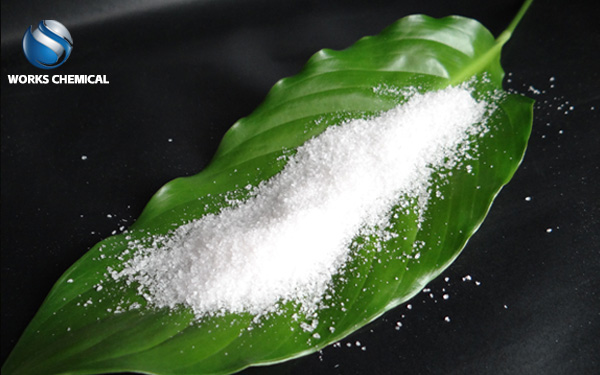Sludge contains a large amount of water, and if not effectively treated, it will cause serious pollution to the environment. The technical engineer of Shijun New Materials will provide a detailed introduction on how sludge conditioning agents can reduce sludge moisture content, as well as related operating methods and precautions.
Works Chemical- manufacturer of sludge conditioning agents and sludge dewatering enhancers
1、 The working principle of sludge conditioner
Sludge conditioner is a chemical substance that can reduce the moisture content of sludge. Its main function is to change the metabolic activity of microorganisms in sludge, promote its dehydration, and form stable solid particles.
Specifically, sludge conditioning agents play a role through the following aspects:
1. Change the cell membrane permeability of microorganisms in sludge to make it easier for them to absorb external nutrients and improve their metabolic activity;
2. Inhibiting the growth of harmful microorganisms in sludge and reducing their impact on the environment;
3. Promote the hydrolysis and degradation of organic matter in sludge, reducing its volume;
4. By physical adsorption and chemical reactions, harmful substances in sludge can be adsorbed or neutralized to improve its quality.
2、 Operation methods for using sludge conditioning agents
1. Choose the appropriate sludge conditioner: Select the appropriate sludge conditioner based on the properties of the sludge, such as moisture content, organic matter content, pH value, etc. Generally speaking, sludge containing high organic matter requires the use of conditioning agents with strong affinity; However, sludge with high moisture content requires the use of conditioning agents with strong dewatering capabilities.
2. Add an appropriate amount of sludge conditioner: According to the manufacturer's recommendations, add an appropriate amount of sludge conditioner to the sludge. Generally speaking, the addition amount is 0.1% -5% of the sludge mass. It should be noted that excessive addition may affect the sludge treatment effect and even lead to chemical waste.
3. Stir evenly: After adding the sludge conditioner, use a mechanical stirrer to thoroughly mix the sludge with the conditioner to ensure the effective effect of the agent.
4. Adjusting pH value: For certain specific sludge conditioners, it may be necessary to adjust the pH value of the sludge to achieve the best treatment effect. Generally speaking, a pH value between 6 and 9 is more suitable. The pH value can be adjusted by adding acidic or alkaline buffer solutions.
5. Sedimentation separation: After a certain period of stirring and action, the water in the sludge will be adsorbed or replaced by the conditioning agent, forming larger solid particles. At this point, precipitation separation can be used to separate these solid particles from the mud.
3、 Precautions for the use of sludge conditioning agents
1. Wear protective equipment such as gloves, masks, etc. during the operation to prevent harm to the human body caused by chemicals;
2. Strictly follow the manufacturer's recommendations for the use of drugs to avoid excessive use leading to drug waste or adverse consequences;
3. Conduct small-scale experiments under laboratory conditions to ensure the safety and effectiveness of the drug;
4. It is not feasible to directly use sludge conditioning agents for the treatment of untreated wastewater, and pre-treatment (such as grids, sedimentation tanks, etc.) needs to be carried out first;
5. During the treatment process, the moisture content, CODcr, and BOD5 of the sludge should be regularly tested

